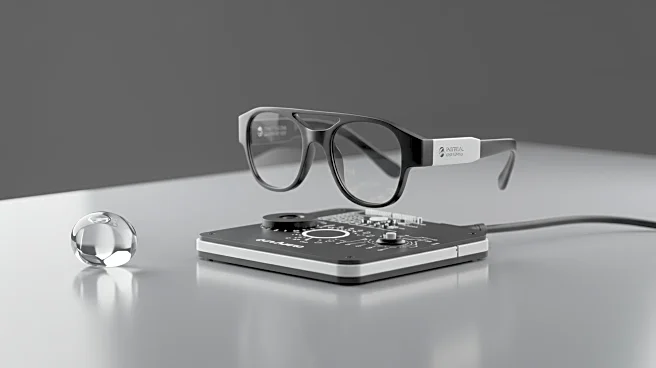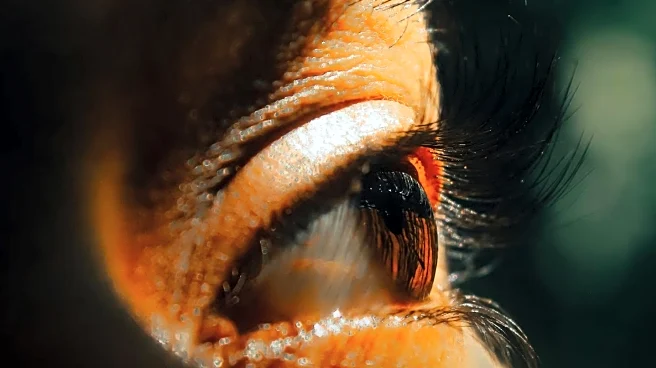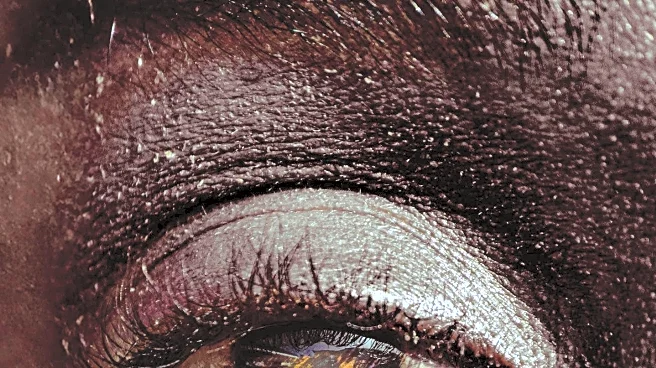What's Happening?
A study conducted at a Korean tertiary referral center over 15 years reveals that peripheral exudative hemorrhagic chorioretinopathy (PEHCR) is often misdiagnosed, with many patients initially referred with a diagnosis of choroidal melanoma. The study found that PEHCR predominantly affects women around the age of 70 and is associated with risk factors such as hypertension, diabetes, and systemic malignancy. Despite the prevalence of ocular symptoms, a significant portion of patients were asymptomatic at the first visit. The study emphasizes the need for accurate diagnosis to avoid unnecessary aggressive treatments.
Why It's Important?
Misdiagnosis of PEHCR can lead to inappropriate treatments, such as enucleation or radiation, which have serious implications for patient outcomes. Accurate diagnosis is crucial to ensure patients receive appropriate care and avoid vision-threatening complications. The study's findings could inform clinical practice by highlighting the importance of differentiating PEHCR from other ocular conditions, potentially improving diagnostic accuracy and patient management strategies.
Beyond the Headlines
The study suggests that PEHCR may share characteristics with both age-related macular degeneration and polypoidal choroidal vasculopathy, indicating it could be a distinct entity. This raises questions about the underlying pathophysiology and the need for further research to better understand the condition and develop targeted treatment approaches.











